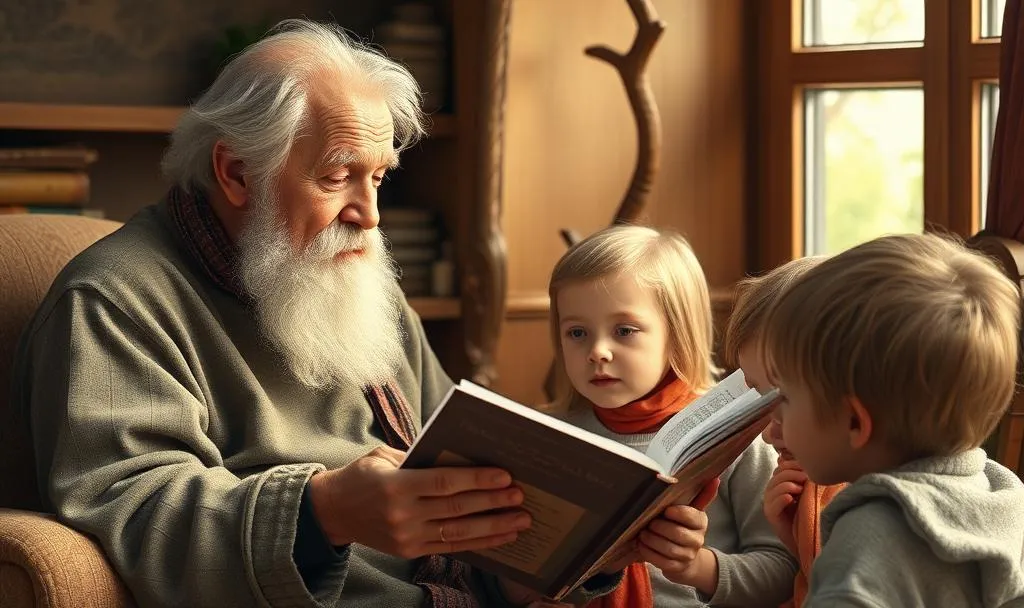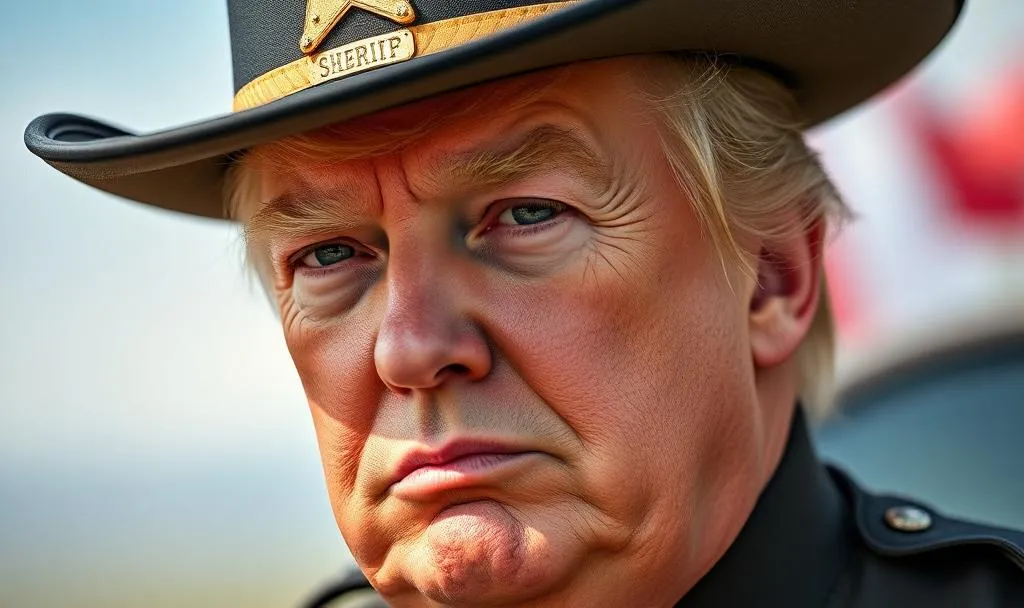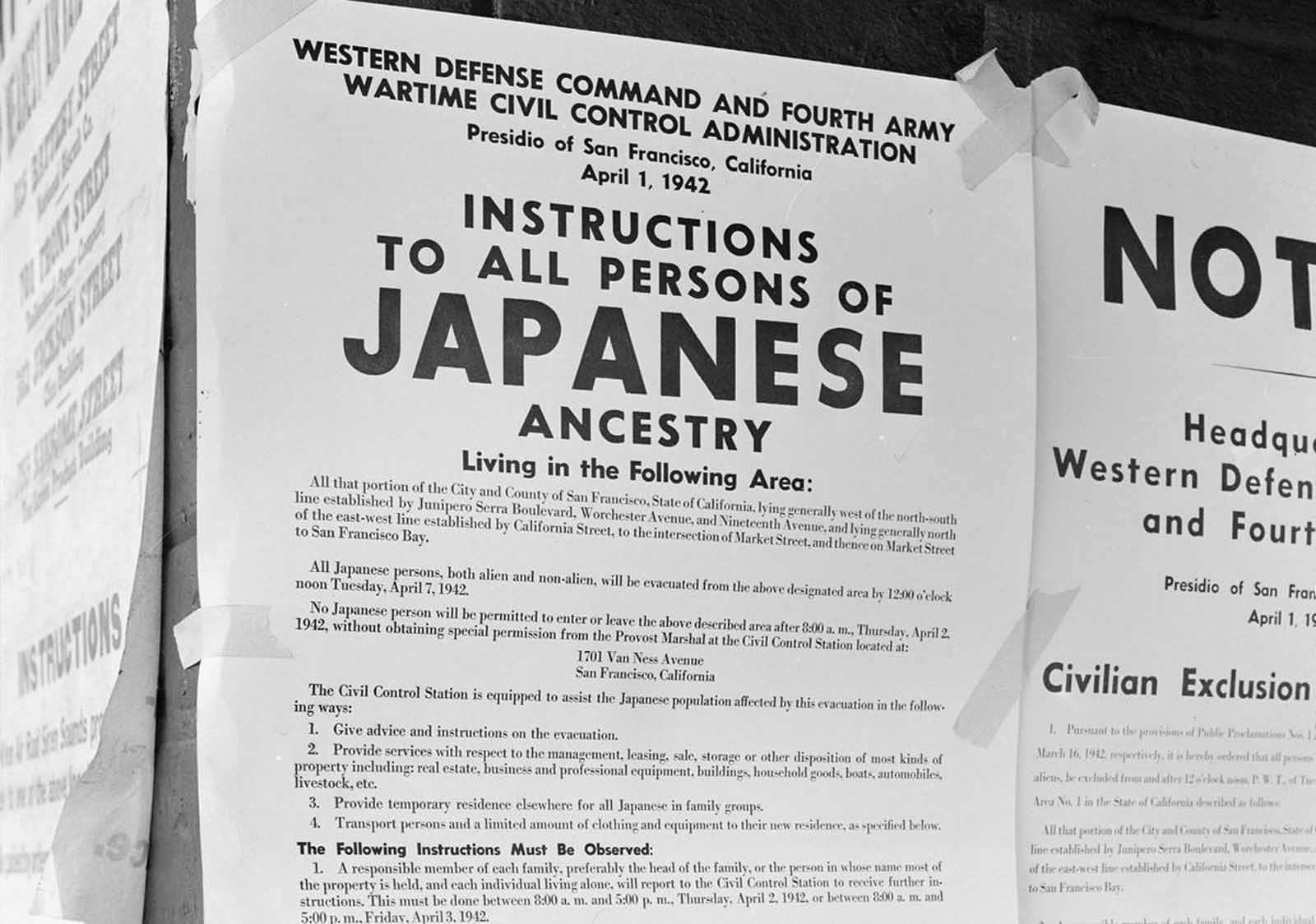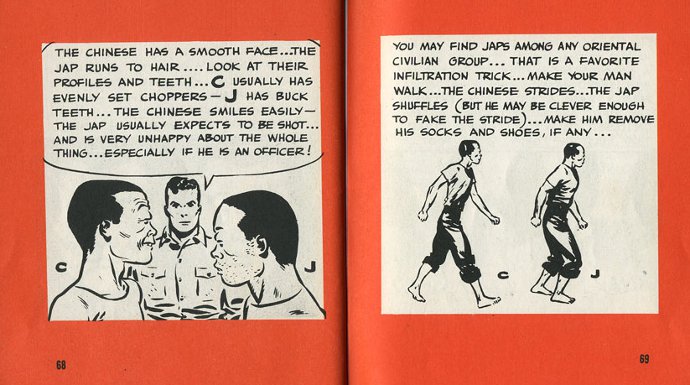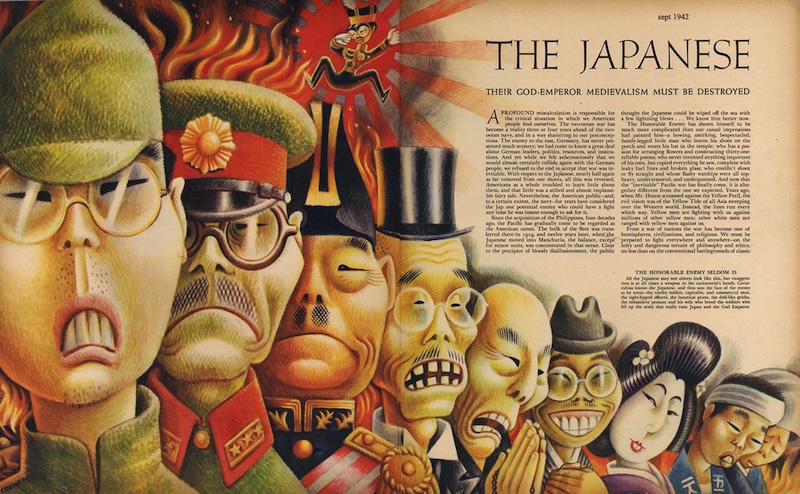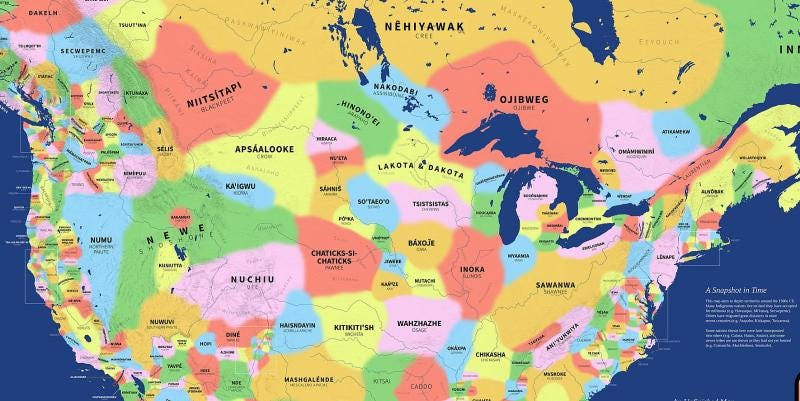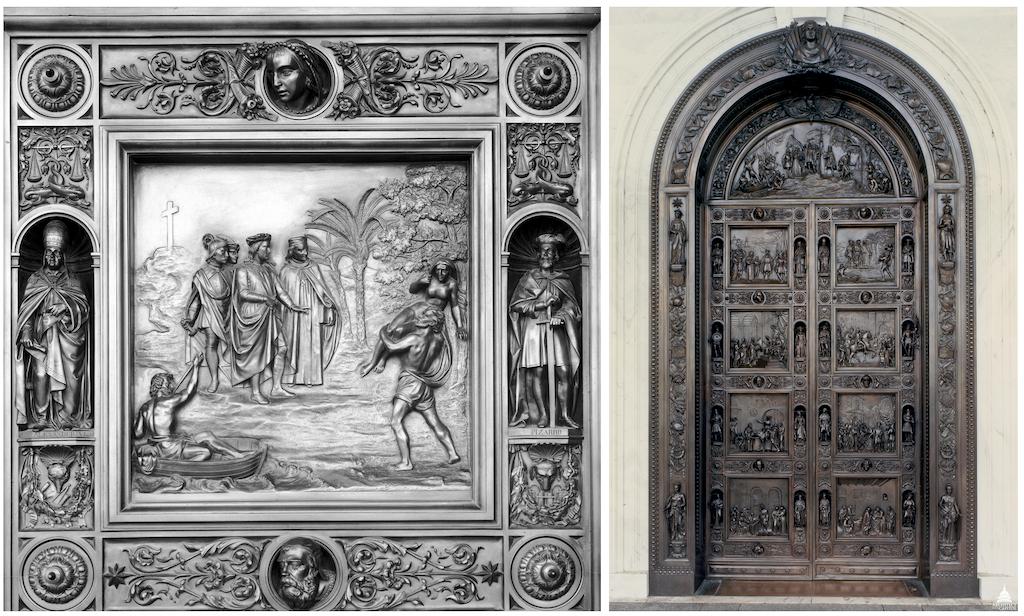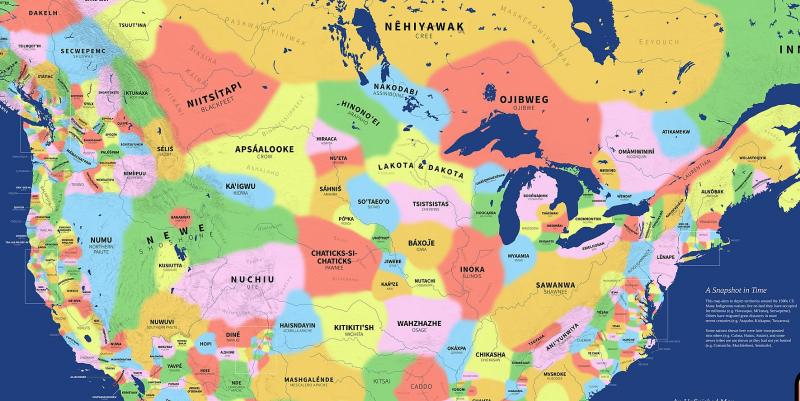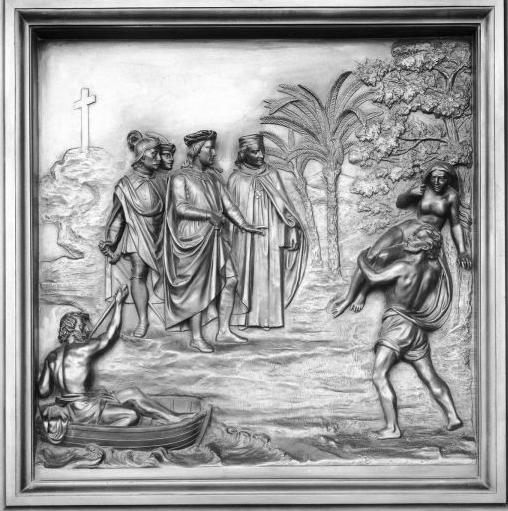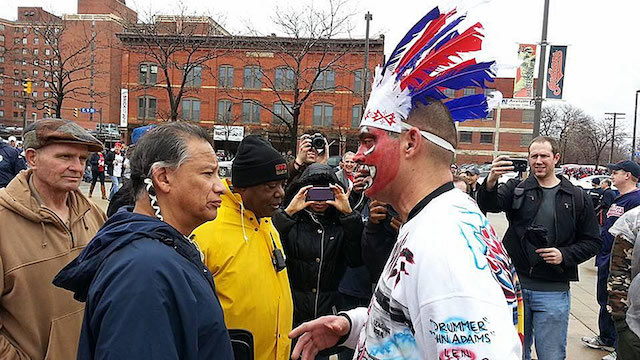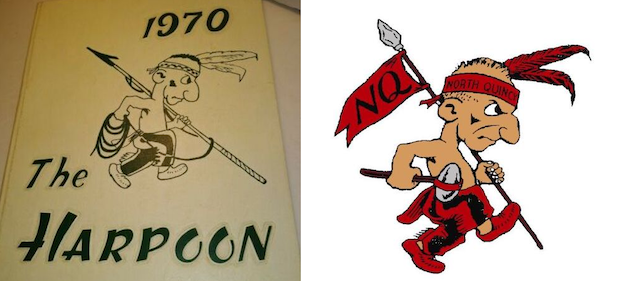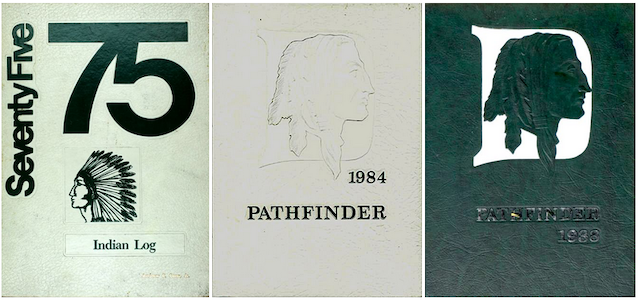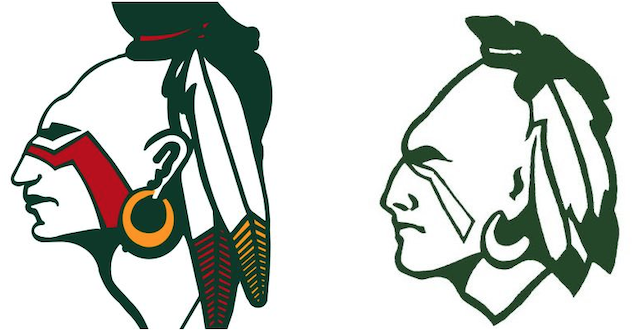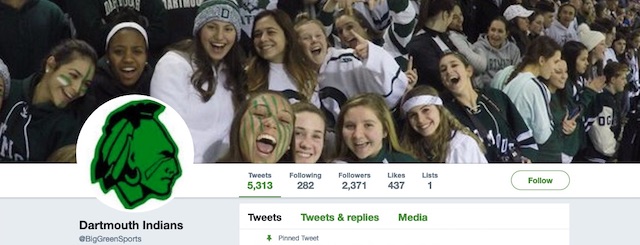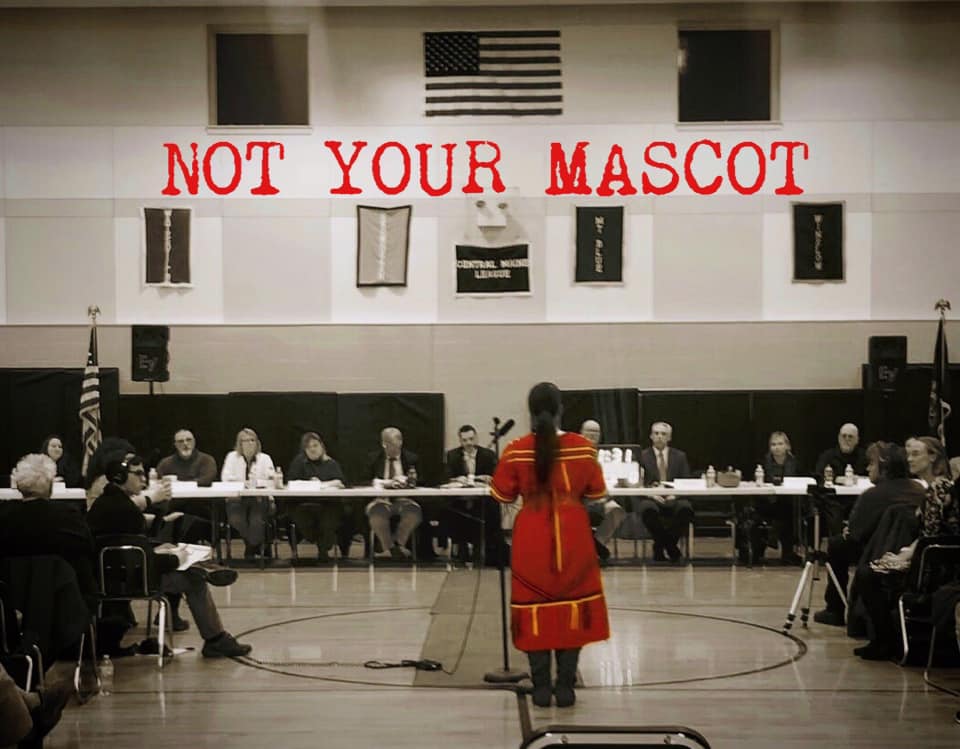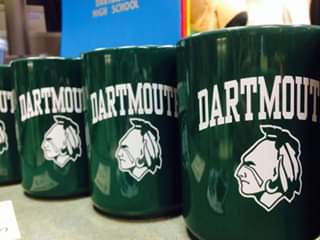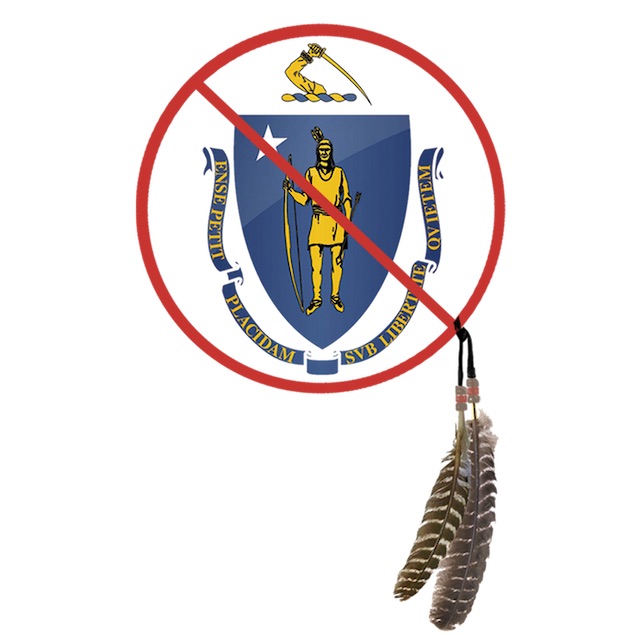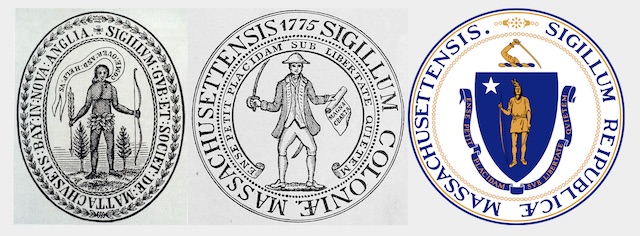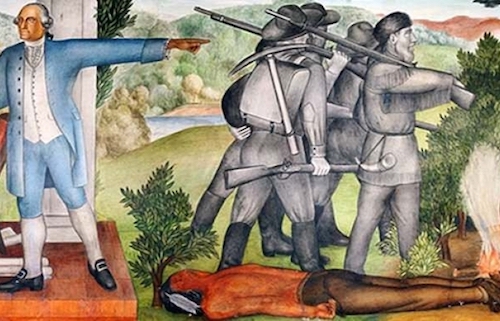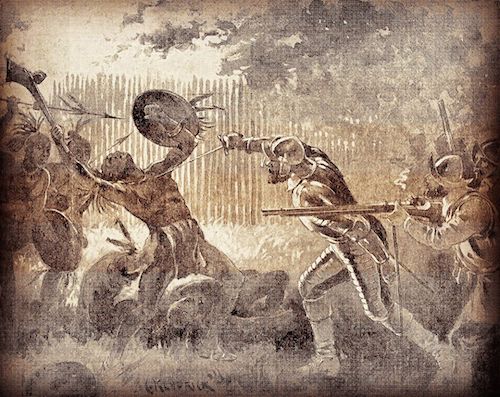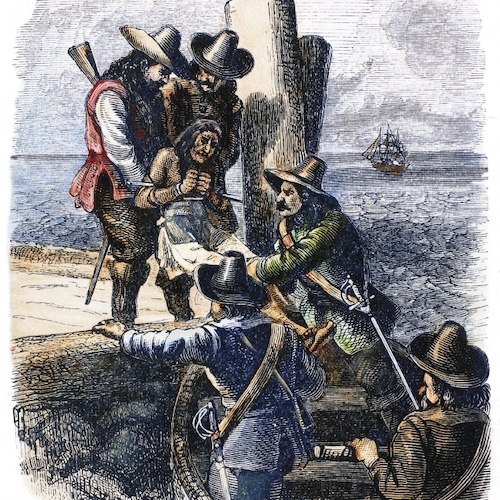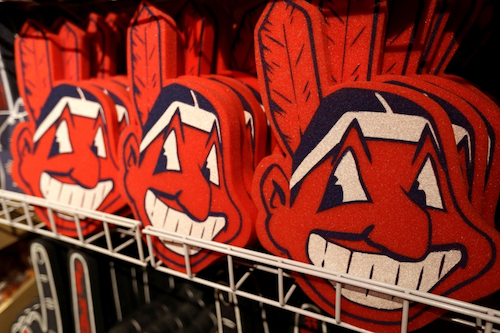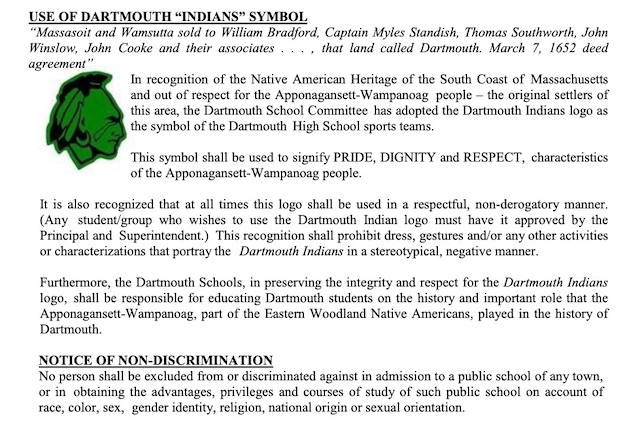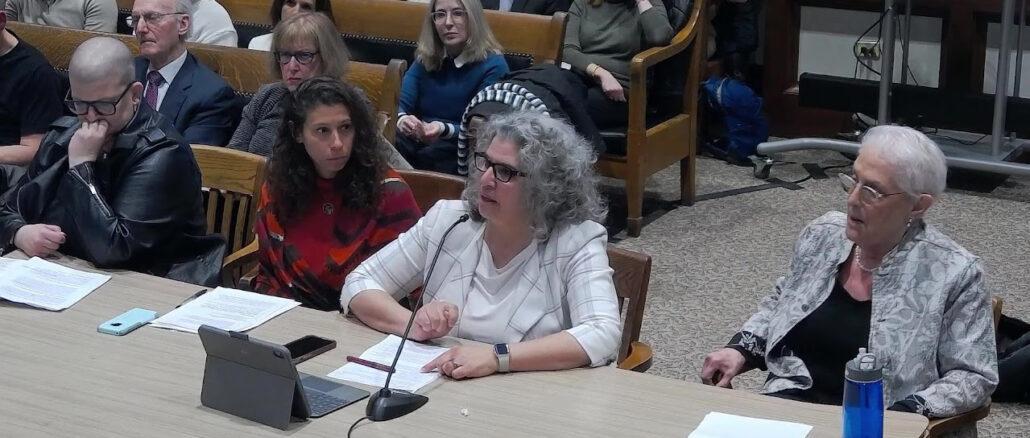
Former Massachusetts Teachers Association president Merrie Najimy rebukes anti-Palestinian innuendo from Rep. Simon Cataldo (D-Acton) at the State Special Commission on Combating Antisemitism hearing, Feb. 10, 2024
The Massachusetts Special Commission on Combating Antisemitism for K-12 Education in Massachusetts was established by the legislature in Chapter 140, Section 201(a) of the Acts of 2024:
“There shall be a special commission on combatting antisemitism in the commonwealth. The commission shall: (i) report on trends and data related to incidents of antisemitism in the commonwealth; (ii) make recommendations for the implementation of the United States national strategy to counter antisemitism; (iii) identify and evaluate existing efforts to combat antisemitism in the commonwealth; (iv) identify best practices from efforts to combat antisemitism in other states and jurisdictions; (v) evaluate the commonwealth’s hate crime statutes and whether any amendments would better protect residents from antisemitism and other similar forms of hatred; and (vi) recommend strategies, programs and legislation to combat antisemitism in the commonwealth. The commission shall submit a report of its study and recommendations to the clerks of the house of representatives and the senate and the senate and house committees on ways and means not later than November 30, 2024.”
On July 2nd, 2025 the Commission released a draft report which is politically-biased, seriously flawed, and filled with inaccuracies and distortions. Much of the wording suggests it was ghost-written by the ADL. It was also an entirely expected report, given the skewed composition of the Commission, its co-chairs and their embroilments with the state of Israel. Testimony from organizations whose views differed from the Commission’s co-chairs and the overwhelmingly pro-Israel lobby groups appointed to it were discarded. The Commission could have simply written its report the first week of its existence and dispensed with the charade of public hearings at which those offering opposing testimony were attacked and insulted by Committee chairs.
For all these reasons the Commission’s recommendations must be soundly rejected.
Composition of the Commission
The Commission was chaired by: state Senator John C. Velis, who gushed about a junket he took to Israel paid for by the Israeli Foreign Ministry; Rep. Simon Cataldo, another great friend of Israel and its lobbyists; and Rep. Steven S. Howitt, AIPAC member and persistent MAGA sponsor of codifying the International Holocaust Remembrance Alliance (IHRA) Definition of Antisemitism into law. All of the Commission’s chairs uncritically support Israel.
Members of the Commission include DESE and other school officials, a pro-Israel DA, another state prosecutor, the “Tony Robbins” of education, and a disproportionate number of Zionist organizations, all of which paint opposition to Israel’s policies as “antisemitism.” A glaring, intentional deficit of the Commission’s work is that no opposing (non-Zionist) viewpoints were reflected, much less acknowledged, in the Commission’s report.
The Commission:
- Salisbury MA Chief Thomas Fowler, past president of the MA Chiefs of Police Association (appointed by his own organization);
- Rita Blanter, former Sr. Director, Jewish Family & Children’s Services, Boston (appointed by MA senate minority leader Bruce Tarr);
- Robert Leikind, Director of the American Jewish Committee, New England (appointed by MA house speaker Ron Mariano);
- Jeremy Burton, Chief Executive Officer, Jewish Community Relations Council of Greater Boston (appointed by MA senate president Karen Spilka);
- Jody Kipnis, Co-founder, President and CEO of the Holocaust Legacy Foundation, Boston, which receives “not less than” $1.5 million from the Commonwealth (appointed by MA senate president Karen Spilka);
- Jill Hai, Vice President, Massachusetts Municipal Association (appointed by her own organization);
- David S. Friedman, Senior VP, Boston Red Sox and First Assistant Attorney General for Massachusetts under A.G. Martha Coakley (appointed by MA governor Maura Healey);
- Peggy Shukur, ADL, Anti-Defamation League (appointed by MA house speaker Ron Mariano);
- Ruthanne Fuller, Newton Mayor targeted by Turning Point as a “radical” (appointed by MA Municipal Association);
- Paul Tucker, Essex County DA, received an “Honorable Menschion” from Jewish Journal in March 2024 for his endorsement of visits to Israel with other police officers (appointed by MA District Attorneys Association);
- Aaron Polansky, Superintendent, Old Colony Regional Vocational Technical High School (appointed by MA Association of School Superintendents);
- Constantia (Dena) Papanikolaou, Chief Legal Counsel, MA Dept. of Higher Education (appointed by MA Commissioner of Higher Education Noe Ortega);
- Jamie Hoag, Chief of Staff, MA Attorney General Andrea Campbell (appointed by Attorney General Andrea Campbell);
- Karen Sampson Johnson, DEI Director (at least in 2024), Department of Elementary and Secondary Education (appointed by MA Commissioner of Higher Education Noe Ortega);
- Michael Memmolo, Executive Director, Mass Commission Against Discrimination (appointed by his own organization);
- Dara Kaufman, Executive Director, Jewish Federation of the Berkshires (appointed by MA governor Maura Healey).
Disregarding Liberal Jewish and Palestinian Voices
A coalition of progressive Jewish organzations and Muslims, Together for an Inclusive Massachusetts Leadership Team (TIM) offered testimony to the Commission. None of the organizations – which included: Alliance for Water Justice in Palestine; Boston Workers Circle; Council on American-Islamic Relations, Massachusetts (CAIR-MA); If Not Now Boston; Jewish Voice for Peace Boston; Massachusetts Peace Action (MAPA); Massachusetts Teachers Association Rank and File for Palestine; National Lawyers Guild – Massachusetts Chapter; and Sawa: Newton-Area Alliance for Peace and Justice – were ever cited in the draft report. Commission Co-Chair Simon Cataldo even treated members of TIM with contempt at a hearing on Febuary 10th, 2024.
TIM expressed well-founded concerns that:
- the hand-picked Commission members have affiliations with organizations, such as the ADL, AJC, and JCRC, that exclude and seek to delegitimize an important part of the Jewish community.”
- the ADL is open in its belief that anti-Zionism is antisemitism. This puts the ADL, and similar groups that purport to represent the Jewish community to the outside world, in conflict with the growing numbers of the anti-Zionist and non-Zionist Jewish community, who represent around 20% to 69% of the American Jewish community (depending on survey methodology).
TIM recommended that the Commission
- conduct fair and open hearings so that everyone who wants to testify gets to testify. We believe that open discussion is the only way to develop a fuller understanding of antisemitism. Fair and open hearings are the norm for legislative and commission hearings;
- seek diverse views at every Commission meeting by encouraging presentations by groups and experts not affiliated with Commission members who bring alternative viewpoints;
- consider testimonty from “members of Together for an Inclusive Massachusetts [who] represent individuals and organizations who have witnessed firsthand, and in our communities, politically- motivated false allegations of antisemitism deployed as a way to silence, intimidate and punish actions that threaten US political support for Israel. There is a risk that political actors on or affiliated with members of the Commission will use this important state body to promote a discriminatory and anti-Palestinian agenda against the wishes of a significant part of the state’s residents.
- stop labelling Palestinians who talk about their own life experiences as racist against Jews suggest[ing] that Jews are harmed by Palestinian humanity or that Jewish safety depends on silencing and erasing Palestinian humanity. This is a form of anti-Palestinian racism. Bigotry and discrimination against one group cannot be addressed by normalizing bigotry and discrimination against another group
As might have been expected, the Commission ignored all of TIM’s suggestions, doubling-down on marginalizing and insulting both non-Zionist Jews and Palestinians in its Draft Report.
Dubious statistics
The Commission repeatedly cites statistics produced by the Anti-Defamation League (ADL), for which there are no publicly verifiable case documents, only the ADL’s own subjective interpretation. The ADL’s history of confabulation is so long-standing that Wikileaks took the unusual step of labeling the ADL unreliable. In 2024 Jewish Currents published an assessment of the ADL’s statistical methodology and concluded that both data and methodology were “haphazard,” biased, unreliable, and ultimately useless in measuring and quantifying antisemitism:
“Ultimately, this haphazard approach — as well as the mode of data collection, which favors certain kinds of incidents and does nothing to ensure that it produces a representative sample — renders the audit unable to speak meaningfully to the prevalence or impact of antisemitism in the US. It remains an open question whether a sufficiently sophisticated methodology might produce a more reliable picture, and thus aid the task of combating antisemitism. But it is abundantly clear that the ADL’s audit and its uncritical representation in the media do not serve those aims.”
Fairness and Accuracy in Reporting (FAIR) takes issue with the ADL’s politically-tainted “statistics” noting that the spike in “antisemitic incidents” is directly attributable to an arbitrary change in how the ADL counts them:
“Though it professes to document and challenge antisemitism, it openly admits to counting pro-Palestinian activism as antisemitic: In 2023, the ADL changed its methodology for reporting antisemitic incidents to include rallies that feature ‘anti-Zionist chants and slogans,’ even counting anti-war protests led by Jews — including Jewish organizations the ADL designated as “hate groups.”
In Canada the situation is very much the same. A 2010 National Post article pushed back against Zionist organizations like B’nai Brith, which run “cynical campaign[s] to convince the world that Canada is a cesspool of violent anti-Semitism” and lauded more progressive Jewish organizations for questioning the “statistics.”
“Reporters politely overlook the fact that B’nai Brith’s definition of ‘incident’ is dumbed down: any web posting, stray comment or scrap of graffiti fits the bill. Most readers don’t stop to scrutinize how trivial these examples are: they just look at the impressive seeming bar graphs which purport to show a Jewish community in a constant state of terror.”
One of the progressive Jewish organizations mentioned, Independent Jewish Voices / Voix juives independents of Canada, took B’nai Brith’s “statistics” to task in a 2019 report (“The Use and Mis-use of Antisemitism Statistics”) and correctly characterized the ADL’s political agenda and history of attacking progressive movements:
“The ADL is a far less progressive organization than it likes to claim and is faithful to the same pro-Israel ideological agenda as B’nai Brith Canada. In a recent open letter urging progressive groups not to partner with the ADL, a coalition of more than fifty political and faith groups on the left stated that the ADL ‘has a history and ongoing pattern of attacking social justice movements led by communities of color, queer people, immigrants, Muslims, Arabs, and other marginalized groups, while aligning itself with police, right-wing leaders, and perpetrators of state violence.’”
This alludes to the #DropTheADL campaign, supported by over 270 progressive social justice organizations – including the International Jewish Anti-Zionist Network, Jewish Voice for Peace, Jewish Voice for Peace Rabbinical Council, Jews Against Anti-Muslim Racism, Jews Against White Supremacy, Jews for Palestinian Right of Return, Jews for Racial & Economic Justice, Jews Say No!, Nashville Jews for Justice, Progressive Jews of St. Louis, and The Jewish Vote. #DropTheADL writes that whatever credibility the ADL may once have had because of useful resources on white supremacy is nevertheless undeserved:
“We are deeply concerned that the ADL’s credibility in some social justice movements and communities is precisely what allows it to undermine the rights of marginalized communities, shielding it from criticism and accountability while boosting its legitimacy and resources. Even when it may seem that our work is benefiting from access to some resources or participation from the ADL, given the destructive role that it too often plays in undermining struggles for justice, we believe that we cannot collaborate with the ADL without betraying our movements.”
Despite multiple sources questioning ADL’s data and bias, the Commission simply takes the ADL’s word for it that a huge explosion of antisemitism just happens to coincide with Israel’s genocidal destruction of Gaza and mass murder of civilians.
The Commission also regurgitates ADL’s claim that the number of antisemitic incidents are under-reported. This supposition is another sign of the Commission’s unscientific orientation and the bias built into its report. The ADL itself admits that “for the first time in the history of [our] Audit, a majority (58%) of all incidents contained elements related to Israel or Zionism.” The fact that since 2003 the ADL now regards Constitutionally-protected protests as “antisemitic incidents” explains the supposed “explosion” of antisemitism and invalidates both their methodology and data.
ADL: A long history of smearing and spying
Since so much of the Commission’s report seems either cribbed from or ghost-written by the ADL, it’s worth taking a look at the ADL itself.
The ADL, originally founded in 1913 as a civil rights group, is today considered by many liberals and progressives to have devolved into little more than a mouthpiece for the Israeli Foreign Ministry. This has been the sad state of affairs since the founding of the state of Israel.
In 1993 the Village Voice published an article about ADL spy Roy Bullock. He was not only spying for the ADL, but at a time when Israel actively supported the Apartheid regime, also spying for South African intelligence:
“Over a 30-year period, he compiled computer files for the ADL on 9876 individuals [the LA Times estimates 12,000] and more than 950 groups of all political stripes, including the NAACP, the Rainbow Coalition, ACLU, the American Indian Movement, the Center for Investigative Reporting, Pacifica, ACT UP, Palestinian and Arab groups, Sandinista solidarity groups, Americans for Peace Now, and anti-apartheid organizations. Bullock, who even spied on the recently slain South African nationalist Chris Hani when he visited the Bay Area in April 1991, sold many of his ADL files on anti-apartheid activists to South African intelligence. Meanwhile, between 1985 and 1993, the ADL paid him nearly $170,000, using a prominent Beverly Hills attorney as a conduit in order to conceal its financial relationship with Bullock.
Last month, police raided ADL offices in Los Angeles and San Francisco, as well as Bullock’s home, confiscating computer files and boxes of documents. According to court records, Bullock’s files contained the driver’s license and vehicle registration information, in addition to criminal histories on individuals – much of which was allegedly stolen from the FBI and police computers. Bullock, 58, told the FBI that copies of virtually everything in his computer data base had been given to the San Francisco ADL office. “Based on the evidence,” says Inspector Ron Roth, in a police affidavit, “I believe that Roy Bullock and ADL had numerous peace officers supplying them with confidential criminal and DMV information.”
Besides the Feds, the ADL was also feeding information to various police agencies. In 2014 Mark Ames published “The Kings of Garbage, or, The ADL Spied on Me and All I Got Was This Lousy Index Card,” which recounted how the ADL fed information on him to the San Francisco Police. Besides Ames, the ADL had turned over “cards” on 12,000 victims of their spying to various police agencies, including:
“a Who’s Who of the Liberal Establishment: NAACP, ACLU, Greenpeace, ACT UP!, National Lawyers Guild, Mother Jones founder Adam Hochschild, reporters from the Los Angeles Times and KQED public television, and scores of local labor unions including the United Auto Works and Cesar Chavez’s United Farm Workers. The ADL operatives even spied on a handful of U.S. Congressmen, all Democrats, including Nancy Pelosi, Senator Alan Cranston, Pete McClosky, Mervyn Dymally, and Ron Dellums of Oakland, head of the House Armed Services Committee. Many prominent Jews were also spied on, including Dr. Yigal Arens, the son of former Israeli Defense Minister Moshe Arens.”
Thus caught red-handed, in 1999 the ADL was nevertheless able to skate free with an incredibly cheap settlement that had the additional advantage of serving as a fig-leaf for a “new, improved, progressive” ADL that now – all of a sudden – would now be a friend to the Black, Arab, and other minority communities it had been harming for years:
“Under the settlement reached in a federal court in Los Angeles on Monday, the parties agreed to an injunction whereby the ADL will purge certain information, such as criminal arrest records and Social Security numbers, from any files it holds on the plaintiffs.
The ADL also agreed to pay $175,000 for the plaintiffs’ legal fees and contribute $25,000 toward a community relations fund to be jointly administered by representatives of its organization and the plaintiffs. The fund will support projects aimed at improving relations among Jewish, Arab American, African American and other minority communities.
David Goldstein, the ADL’s attorney, said that by agreeing to the injunction, the ADL in no way admits guilt of any illegal activity.”
But all this domestic espionage was nothing new for the ADL:
“In the late 1940s, the ADL spied on leftists and Communists, and shared investigative files with the House Committee on Un-American Activities and the FBI. The ADL swung sharply to the right during the Reagan administration, becoming a bastion of neoconservatism. To Irwin Suall, […], the real danger to Jews is posed not by the right – but by a coalition of leftists, blacks, and Arabs, who in his view threaten the fabric of democracy in America, as well as the state of Israel. In the tradition of his ideological soulmate William Casey, Suall directed the ADL’s vast network of informants, who were given code names like ‘Scumbag,’ ‘Ironside,’ and – for a spy reportedly posing as a priest in Atlanta – ‘Flipper.’
For years, journalists and liberal members of the Jewish community knew the ADL spied on right-wing hate groups. As long as the targets were anti-Semitic organizations like the Liberty Lobby and Lyndon Larouche, no one seemed to be particularly troubled. But the Bullock case reveals that the ADL also spied on groups that have a nonviolent, and progressive orientation. This apparent massive violation of civil liberties may end with the ADL’s criminal indictment in San Francisco, where the investigation began. The human rights group faces possible criminal prosecution on as many as 48 felony counts, including an indictment for gaining illegal access to police computers. Says one source close to the West Coast investigation, ‘It is 99 per cent certain that the ADL will be indicted.’”
In the 1977 the ADL filed an amicus brief in support of Allan Bakke, a white racist who was challenging affirmative action.
Aside from its manifest problems with racism, the ADL is also Islamophobic and has made a practice of defaming Muslim clerics and Muslim intellectuals like Edward Said. The ADL takes the view that all Muslim opposition to Zionism is nothing but antisemitism.
- In 2001 the ADL demanded that the Florida Commission on Human Relations (FCHR) exclude a Muslim from its annual civil rights conference.
- In 2007 the ADL refused to recognize the Armenia genocide, deferring to Israeli interests. Then-Director Abe Foxman explained, “Most Jews understand it’s a very difficult choice. There’s very little I can do [for the Armenians, who can’t be brought back to life]. [But] I can put at jeopardy [ties with Turkey],’ he said. By siding with the Armenians, ’we put at risk some very important relationships that are important to the Jewish community worldwide,’because it could endanger the Turkish Jewish community and relations between Israel and Turkey.”
- In 2010 the ADL opportunistically opposed the Park51 Islamic Center in New York, because the political moment worked in their favor.
- In 2019 the ADL began sponsoring police trainings in Israel. However, because of the racist, violent training American officers received from Israelis used to mistreating Palestinians, an explosion of police brutality cases in the US resulted – serious enough for the ADL to consider stopping the trainings (the trainings continue).
- Related to this, in 2020 the ADL spied on Tatjana Rebelle, a Black activist who two years earlier had worked with Deadly Exchange, a group that tracks American police training by Israeli counter-terrorist “experts.”
- That same year, 2020, a leaked memo from the ADL (“stakeholders analysis memo”) revealed that it was formulating a strategy to defend Israel’s annexation of the West Bank while maintaining a “pro civil-rights veneer.” The Massachusetts Special Commission on Combating Antisemitism for K-12 Education in Massachusetts ought to read it, since they are precisely the sort of chumps the ADL sought to hoodwink.
- In 2025, after Elon Musk delivered a Nazi salute at an inauguration rally for Donald Trump, the ADL’s Jonathan Greenblatt covered for the Nazi, explaining that Musk’s salute was just an “awkward gesture.”
- Also in 2025 the ADL praised the illegal detention of Mahmoud Khalil, who was persecuted by the Trump administration for his political views
National Education Association cuts ties with the ADL
On July 6th, the NEA’s 7,000 members, which include Mass Teachers Association members, voted to sever all ties with the ADL. It approved a measure stating that the NEA “will not use, endorse, or publicize materials from the Anti-Defamation League (ADL), such as its curricular materials or statistics.” The rationale: “Despite its reputation as a civil rights organization, the ADL is not the social justice educational partner it claims to be.” The NEA citied the hyperinflation of “antisemitism” charges in the schools, including attacks on NEA members.
“Allowing the ADL to determine what constitutes antisemitism would be like allowing the fossil fuel industry to determine what constitutes climate change,” said NEA delegate Stephen Siegel from the assembly floor.
According to an article in Labor Notes by Emmaia Gelman:
Merrie Najimy, former president of the Massachusetts Teachers Association, recounted that in 2024 the MTA was tasked by its elected board of directors with creating resources for educators themselves to learn the history of Palestine.
The ADL improperly took those internal materials, cherry-picked elements to claim that presenting Palestinian perspectives amounted to ‘glorifying terrorists,’ and ‘manipulated [them]… to label the state’s largest union of educators as promoters of antisemitism,’ MTA leaders wrote in February.
The ADL followed with a barrage of denunciations of teachers and the union in state legislative hearings and the press. This resulted in the doxxing of MTA members, death threats against MTA staff, and anti-labor attacks that are still ongoing.
‘Why would we partner with an organization that does us harm?’ Najimy asked in the lead-up to the NEA vote.
The Israeli American Council: front for the Israeli government
Besides the ADL, the American Jewish Committee, the Jewish Community Relations Council, and the Jewish Federations are represented on the Massachusetts Commission. All advocate for continued settlement of Palestine by Jewish-only settlers. Although each of these organizations maintains connections with the Israel government, one other group mentioned in the Commission’s report stands out as a complete creation of the Israeli Foreign Ministry.
The Israeli-American Council (IAC) was created in 2007 by Israel’s Consul General, Ehud Danoch and, according to a Nation article, has maintained deep connections with Israeli intelligence for years. In 2013 the IAC obtained additional financial support from casino mogul and Trump donor Sheldon Adelson and his wife Miriam, as well as Hollywood producer/investor and Biden donor Haim Saban. In 2014 a third billionaire, Adam Milstein, was appointed its chairman.
The IAC’s Miri Bar-Halperin provided testimony to the Commission.
To say the IAC’s politics are far-right is an understatement. On September 19, 2024 the IAC convened its three-day National Summit at the Washington DC Hilton, and it had all of the features of a MAGA Republican CPAC Hungary conference — militarists, authoritarians, enemies of civil liberties, propagandists, Christian Zionists, and even a wannabe dictator — two if we count Donald Trump’s surprise appearance at the event (the IAC actively promotes “His Royal Highness,” Crown Prince Reza Pahlavi for regime change in Iran).
Just the sort of group Massachusetts Democrats should be associated with.
Anti-Zionism is not antisemitism
Zionism is a nationalist ideology. Its adherents are called Zionists. Anyone can look this up in thousands of books and encyclopedae. Yet the Commission claims that “Zionist” is a “replacement slur.” To mention a group like the World Zionist Organization (WZO) is neither a slur nor evidence of a conspiracy theory since it refers to an actual organization established by Theodor Herzl, Zionism’s founder, in 1897, the year after he published Der Judenstaat. Today there are thousands of Zionist organizations in the United States, from liberal Zionist lobbies like JStreet to some with terrorist origins such as Betar, which is inexplicably permitted to operate on U.S. soil and which has been feeding deportation recommendations to the Trump administration.
Whether “liberal” or zealot, what unites all Zionists is the view that Israel must be able to maintain an ethno-supremacist state in which Palestinians, Christians, Druze, and bedouins are unavoidably second-class citizens – even those who hold Israeli citizenship.
Despite the claim of many Zionists that Israel is a “Jewish and democratic” state, for most Americans who have grown up in a secular democracy, ethno-supremacy and democracy don’t seem all that compatible. Thus, criticisms of Zionism are fair game, and criticisms of Zionists are also as fair as any of Christian Nationalists, who increasingly are political allies of Zionists.
While the ADL allows that not all criticisms of Israel are antisemitic, it still maintains (as the Israeli state and most Zionist organization do) that Israel is “the national homeland of the Jews.” Not Israelis – Jews. Thus, to criticize the ethno-religious (and supremacist) foundation of the Israeli state, or the right of that state to its undemocratic, racist foundation, is regarded as antisemitic.
The IHRA Definition
This is most clear in one of the ADL’s most ambitious projects– pressuring state governments to adopt the Israeli Foreign Ministry’s IHRA “non-legally binding working definition of antisemitism” in to law. In the first quarter of 2024 alone the ADL spent $1.6 million on IHRA-related lobbying efforts.
The IHRA definition, whose first iteration was created in 2003 by Israeli minister without portfolio Nathan Sharansky as the “3D’s”, differs from non-Zionist definitions like the Jerusalem Declaration on Antisemitism, and is focused more on shooting down criticisms of Israel than preventing actual harm to Jews.
Professor David Feldman at the Birkbeck Institute for the Study of Antisemitism in London characterizes the IHRA definition as “bewilderingly imprecise,” adding that “the text also carries dangers. It trails a list of 11 examples. Seven deal with criticism of Israel. Some of the points are sensible, some are not.”
Several of its examples (with exact wording below) include:
#6. Accusing Jewish citizens of being more loyal to Israel, or to the alleged priorities of Jews worldwide, than to the interests of their own nations.
#7. Denying the Jewish people their right to self-determination, e.g., by claiming that the existence of a State of Israel is a racist endeavor.
#8. Applying double standards by requiring of it a behavior not expected or demanded of any other democratic nation.
#10. Drawing comparisons of contemporary Israeli policy to that of the Nazis.
#11. Holding Jews collectively responsible for actions of the state of Israel.
The #7 and #11 of these examples are in complete conflict with one another.
Israel wants all Jews to identify with the Israeli state, if not make aliyah (relocate) to Israel, which has certainly become the preoccupation of many mainstream Jewish organizations. But when such organizations provide political cover or material support for Israel’s genocidal policies and actions, according to the IHRA “collectivity” example (#11) they are not to be criticized or held responsible for complicity with the murderous regime they support.
The “dual loyalty” example, #6, is perhaps best understood by anti-Zionist Jews whose identity as Jews is attacked by Zionists for not showing sufficient loyalty to the state of Israel. In a piece (“We need to be clear that Zionism is core to Jewish identity”) in The Jewish Chronicle written by Special Advisor to British Tory Leader Kemi Badenoch, Sonia Zvedeniuk argues that Zionism is a necessary component of Judaism:
“It is because denying a Jewish connection to the land is the process by which they legitimise their efforts to erase Jews from the river to the sea, and it begins with corrupting the meaning of Zionism, with repeating the lie that Israel is a product of a European secular nationalist ideology, not of a concept deeply rooted in a Middle Eastern religion.”
Since anti-Zionist Jews oppose Zionism and express their preference for American-style secular democracy, this does highlight how Zionists pressure other Jews to abandon American values for Israeli ethno-supremacism. In a religious context there are now many contemporary rabbis and philosophers, Shaul Magid and Judith Butler, among them, who reject framings like Zvedeniuk’s and seek to rescue Judaism from the chokehold of Zionism.
Example #8, “double standards,” would be fair if Western nations did not, at Israel’s request for double-standards, shower it with military, financial, and diplomatic aid and hold it to far lower standards than every other nation they have slapped sanctions on. Indeed, for America’s roughly 30 million Christian Zionists, Israel is not a normal nation but the reincarnation of the Kingdom of David, if not the 51st state.
Example #10, “drawing comparisons” with the Nazis, may be insulting but at a time when generals produce plans for, and members of the Knesset openly speak of, a “final solution” to the Palestinian problem – including dropping nukes on Gaza, putting all Arabs on transports to Africa, or openly defending the slaughter of civilians – such comparisons are unavoidable. The 20th and 21st centuries have witnessed multiple genocides, but the most well-known to most Americans is the Shoah throughout Europe – and the Israeli genocide of Palestinians. Especially with hundreds of documented statements of genocidal intent by Israeli leaders and public officials, again, such comparisons are unavoidable and even deserved.
The “self determination” criterion (#7) is possibly the most problematic because no ethnicity or religion has an inherent right to its own state. If this were the case, then Kurds and Scientologists would each have their own republics and Utah would be an ethno-religious nation like Israel that persecuted every other religion and the non-white races.
In general, Israel’s is not the kind of democracy most Americans want, even though Christian Nationalists and white supremacists envy the supremacist state that Israel has created between the river and the sea.
For the Democratic Party controlled Massachusetts legislature to become a full-throated advocate of an Apartheid state is shocking and shameful.
More bad ideas from the Commission
Stacked as it is with Zionist organizations and spineless politicians eager to get lobbyists off their backs, many of the Commission’s recommendations are just plain bad ideas.
The Commission suggests using antisemitism curriculum from Facing History & Ourselves. This is not curriculum designed to inform as much as it is curriculum designed not to offend. But we wonder if the Commission has even read any of it themselves. One unit of the recommended curriculum considers Raphael Lemkin’s formulation of the term genocide. Today you can find a statement from the eponymous Lemkin Institute for Genocide Prevention and Human Security entitled “Statement on Why We Call the Israeli Attack on Gaza Genocide.” We suspect the Massachusetts Commission, unlike the students they claim to be protecting, never really bothered to do their homework.
Besides the recommended adoption of the IHRA definition, the Commission dishonestly portrays it as the “official working definition of the government of the Commonwealth of Massachusetts.” This is simply untrue. What is true is that former Republican governor Charlie Baker “proclaimed” that he intended to use the Israeli Foreign Ministry’s IHRA definition of antisemitism, but it was never voted into law. And in fact such legislation has been repeatedly shelved, most recently when the legislature sent Commission co-chair Steven S. Howitt’s latest attempt to a merciful death in committee on February 27th, 2025.
But that won’t stop groups like the ADL from trying to weaponize the “non-binding” definition whenever and wherever possible.
Of course the State must take strong measures to end discrimination against any of its citizens. However, the emphasis should be on ALL its citizens, not just some. Accordingly, several of the Commission’s recommendations ought to be reconsidered or scrapped entirely.
For instance, the Commission is not content with the reporting of verifiable hate crimes to the Massachusetts State Police Hate Crimes Awareness and Response Team (HART). Instead, it recommends that “this program should collect data on bias incidents – which may not rise to the level of a hate crime – in all K-12 schools. DESE and the Attorney General’s office should instruct all districts that every incident that might potentially constitute a case of bias, bullying, harassment or discrimination against individuals or groups of a protected class should be reported to this response program.”
Systems designed to collect unsubstantiated rumors and accusations from informants, then refer them to the state police and state attorney general for “investigation,” may be right at home in North Korea, China, Russia, Texas, and Florida, but they don’t belong in Massachusetts.
The Commission also recommends that Massachusetts schools adopt “Jewish American Heritage Month” – at a time when honoring (or for that matter defending) every other group of people in the United States is being attacked by the Trump administration. According to the MIRA Coalition, one in six Massachusetts residents is foreign born, with one out of eight citizens speaking one of the state’s dozens of languages.
There are not enough months in the year to similarly honor each of the Spanish, Portuguese, Asian, and European ethnicities who are part of the fabric of life in Massachusetts – not to mention other persecuted communities like the diverse Black communities and equally diverse LGBTQ+ community. Instead, the state of Massachusetts should defy the Trump administration by honoring everybody – not by selectively honoring the only group the Trump administration feels is worthy of protection at this moment.
Such a move would actually produce resentment toward Jews because of the aggressive lobbying by groups claiming to represent all Jews. It’s not hard to predict that this proposal would actually increase antisemitism – real antisemitism – in Massachusetts.
The Commission selectively cites Rabbi Ariella Rosen’s testimony acknowledging that Jews face antisemitism. They chose to omit testimony from Rosen, who leads a congregation in Northampton, strongly opposing several of the ADL’s (or the Commission’s) efforts. In a letter in the Daily Hampshire Gazette, Rabbi Rosen warned of prioritizing “Jewish safety” over everyone else’s and of trying to codify the IHRA definition of “antisemitism”.
“Claiming ‘Jewish safety’ as an excuse to further a political objective leads to division, distrust and resentment, shutting down the critical work of discerning the difference between legitimate protest and true harm. Again, such actions claimed to be for the sake of Jewish safety can very easily lead to the opposite.
I urge the commission to resist any effort to codify a singular definition of antisemitism, in particular the International Holocaust Remembrance Alliance (IHRA) definition.”
None of Rosen’s reasoned arguments found their way into the Commission’s ghost-written report. In fact, no views from non- or anti-Zionist organizations were cited while most were from representatives of Zionist organizations over-represented on the Commission.
The Commission’s report footnoted testimony from: Rabbi Amy Wallk, a Conservative rabbi who met her future husband at an AIPAC event; Debbie Coltin of the Lappin Foundation, which runs a Youth to Israel program bringing children to occupied Palestine; Melissa Garlick, of Combined Jewish Philanthropies, whose funds provide services for Israeli military personnel; Molly Parr of the Jewish Federation of Western Massachusetts; Dr. Miri Bar-Halpern, an Israeli psychologist and activist with the Israeli American Council (a group founded by Israel’s Consul General Ehud Danoch in 2007 which works with Israeli intelligence to attack Israel’s enemies); Peggy Shakur of the ADL; and Rabbi Noach Koslofsky, a yeshiva teacher with the Lubavitcher sect, which plays a key role in Israel’s Right Wing messianic settler movement in the West Bank.
The Commission apparently thought it unimportant to address or even mention perspectives from Jewish progressives such as: Jewish Voice for Peace, which opposes the ADL’s involvement in schools; or from Palestinians who don’t think protesting their own genocide is antisemitic at all. It also refused to consider the views of civil liberties advocates like the ACLU.
Because of the skewed composition and bias of the Commission, and its exclusive concern with “Jewish safety,” it managed to ignore one aspect of antisemitism produced by adopting Zionism as the only framework in which to view Jewish communal life. In so doing the Democratic controlled legislature is indistinguishable from their MAGA brethren conducting similar hearings at the federal level.
In an article in the UCLA Law Review (“Defending Jews From the Definition of Antisemitism”), authors Itamar Mann and Lihi Yona make the case
“against such stretching of the definition of antisemitism and develop a novel legal framework to challenge it. Existing scholarship has shown that antisemitism is often weaponized against Palestinians and their liberation struggle. Widening the scope of this critique, we theorize an additional layer of harm imposed upon American Jews. We argue that the broadening of the definition of antisemitism has resulted in a narrowing of Jewish identity and a delegitimization of anti-Zionist and non-Zionist Jewish communities. Constructing Jewish identity along rigid and fixed lines, the contemporary legal definition of antisemitism imposes upon Jews a straitjacket of Zionism. […]
They then enumerate the legal harms to Jews from government interference in deciding what Jews ought to believe:
First, we argue that for many American Jews, criticizing Israel is a way to exercise their religious freedom. Further, we argue, the redefinition of antisemitism should be seen as a governmental interference in religion, deciding the content of Jewish identity, in violation of the Establishment Clause. Second, we argue that antidiscrimination laws should protect Jews who are targeted as Jews due to their political position. We recognize two types of discriminatory dynamics: (1) discrimination based on association and solidarity with Palestinians; and (2) discrimination based on stereotypes regarding how Jews ought to perform their identity.”
Thus, for the Commission to place its fat thumb on the scales in a debate over whether all Jews are, or should be, Zionists is scarcely different from weighing in on whether all Jews are Shylocks. To insist on the normalization of Zionism by Jews is antisemitic.
But the Commission’s sins don’t stop with assaults on civil liberties. Their educational recommendations are equally unsound.
The Commission’s report contains a reference from the Massachusetts Association of School Committees (MASC), which advises School Committees that
The task of selecting instructional materials for programs will be delegated to the professional staff of the school district. Because instructional programs and materials are of great importance, only those that meet the following criteria will be approved by the Committee:
- They must present balanced views of international, national, and local issues and problems of the past, present and future.
- They must provide materials that stimulate growth in factual knowledge, literary appreciation, aesthetic and ethical values.
- They must help students develop abilities in critical reading and thinking.
- They must help develop and foster an appreciation of cultural diversity and development in the United States and throughout the world.
- They must provide for all students an effective basic education that does not discriminate on the basis of race, age, color, religion, national origin, sex, gender identity, physical disabilities or sexual orientation.
- They must allow sufficient flexibility for meeting the special needs of individual students and groups of students.
What we find instead are concerted efforts from Zionist organizations like the ADL and the Israel-American Council to actually punish school districts for creating or adopting their own curriculum. The MTA’s curriculum, for example, which attempts to add a Palestinian narrative to teaching on the Israeli-Palestinian conflict, was savaged by the ADL and other pro-Israeli lobbyists for actually adhering to the MASC recommendations.
Conclusion
The Commission’s recommendations are so blatantly biased that, if implemented, they will do far more damage than good. We strongly urge the Legislature to shelve this report along with Steven Howitt’s latest attempt to make Israel’s definition of antisemitism the law in Massachusetts.
